La Ferté Alais Airshow
In late August great friend Hervé, his daughter Sophia, son Ben, Ben’s friend Jurgen and I went to the La Ferté-Alais airshow. A couple days ago Hervé beat me soundly (figuratively) about the head and shoulders for not doing a post on the airshow. I plead guilty! We had a great day and I should have done a post long ago. But, better never late than ever (or something like that), so here goes.

A note of caution: if you’re not interested in old airplanes, you can skip right on by this post. I certainly will not take offense.
I’ve been a fan of old planes for years (okay, okay, I’ve been a fan of all planes for years), and I’ve gone to a lot of airshows. I can say that the Fête Aérienne La Ferté-Alais is my favorite. We came here in 2015 or 2016 but the 2020 show was canceled and the 2021 show, scheduled for May, seemed to be canceled. But the organizers decided to just postpone the airshow a few months and so the last weekend of August, rather than the last weekend of May, we had an airshow!
Now, I don’t want to rag on other airshows, but often they are fly-bys of some interesting airplanes and then about 450 aerobatic demonstrations. One aerobatic display is good, two not so good and from three on, boring! La Ferté Alais takes a different approach. Many of the planes on display here fly in staged “actions.” For instance, there were a number of World War I airplanes, and they all took to the sky at the same time and staged a mock dogfight. That was followed by vignettes with airplanes from between the wars, then World War II airplanes, then more modern planes. In between lots of planes took off, flew by a couple times and landed, all right in front of us.
The last two performances were Patrouille de France and a solo demonstration by a Dassault Rafale. Patrouille de France is the French Air Force demonstration team, like the U.S. Navy’s Blue Angels and the U.S. Air Force’s Thunderbirds. Now I’ve seen the Blue Angels many times and I gotta say, Patrouille de France does some stuff I’ve never seen the Blue Angels do. This was followed by a solo demonstration by the Rafale, which is absolutely jaw-dropping.
A very fun day with good friends and great airplanes; what could be better?
Pix:
Herve took a flight in a 1930s Boeing Stearman. There were quite a few airplanes at the airshow that will take passengers for a short flight. Hervé wouldn’t say how much his flight cost, saying only, “It was worth it” every time anyone asked.
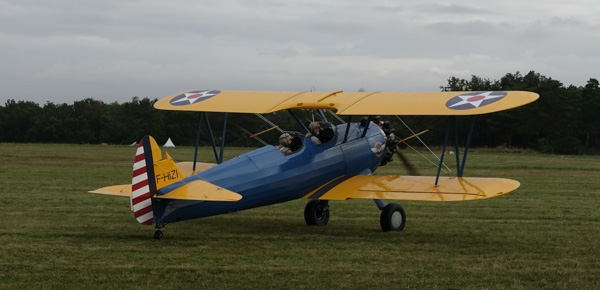
Really Old Planes
These are planes from the 1905-1914 era. Even though the United States had the first real heavier-than-air aircraft (the famous Wright brothers and their Wright Flier), France led the aviation world during the years immediately following the Wright Brothers’ accomplishment. These planes are pretty much perfect replicas of early French airplanes. All of these planes flew together in the afternoon and what struck me - besides how flimsy they are - is how slow they are; I’d guess they never got over about 50 miles per hour.
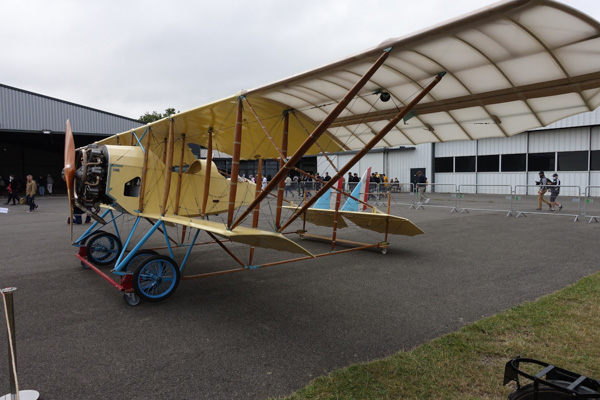
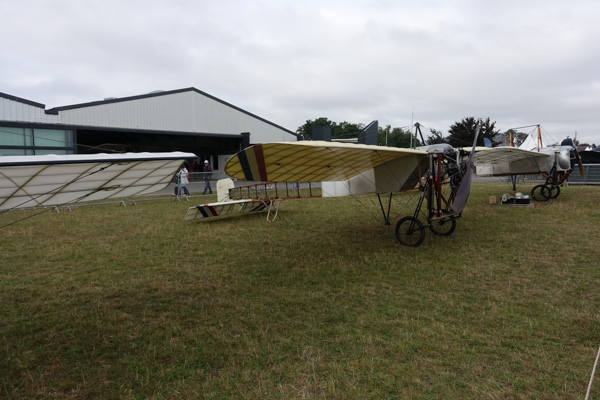
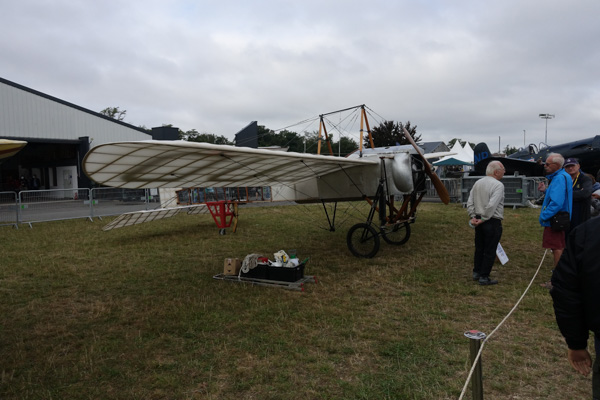
World War I
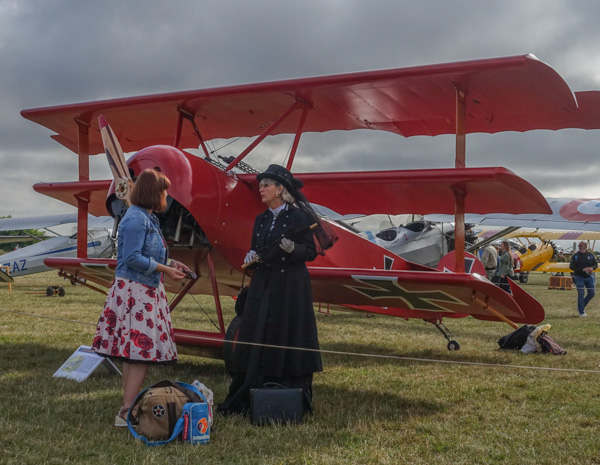
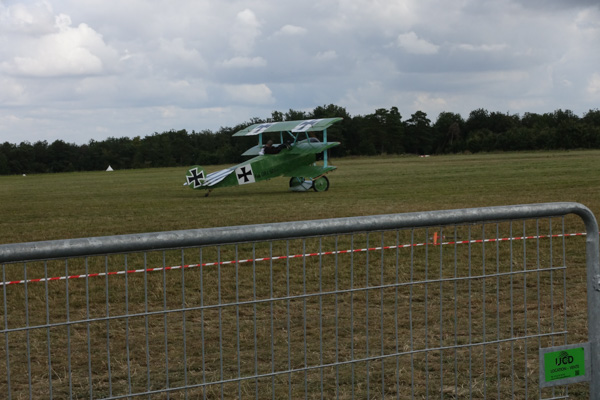
World War II
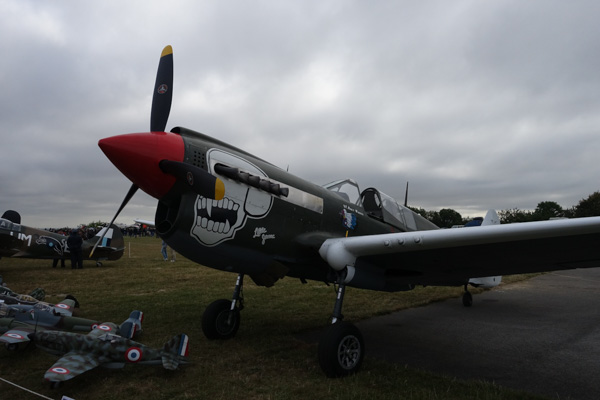
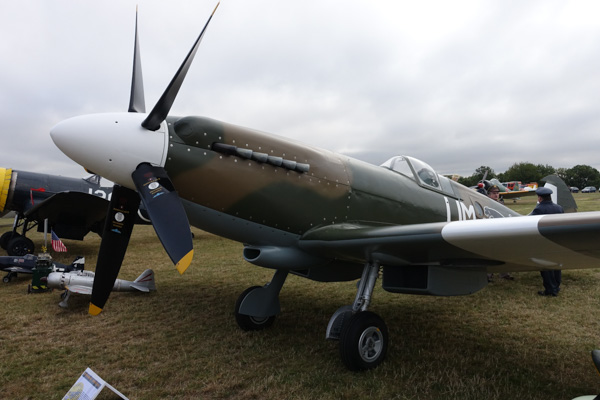
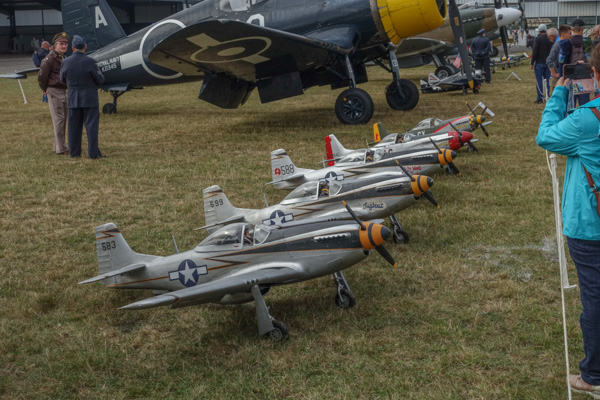
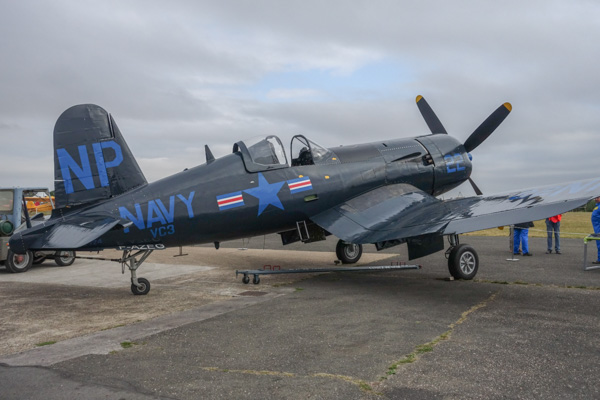
Other Planes
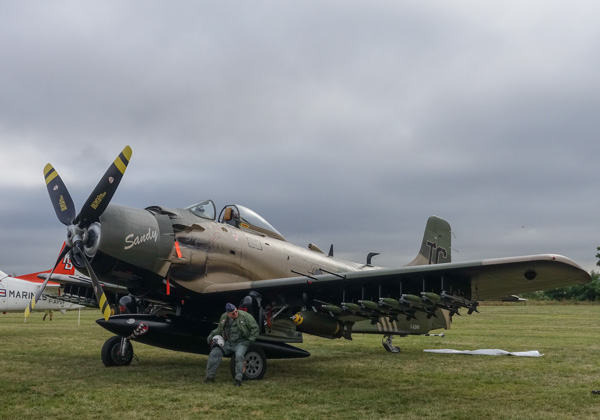
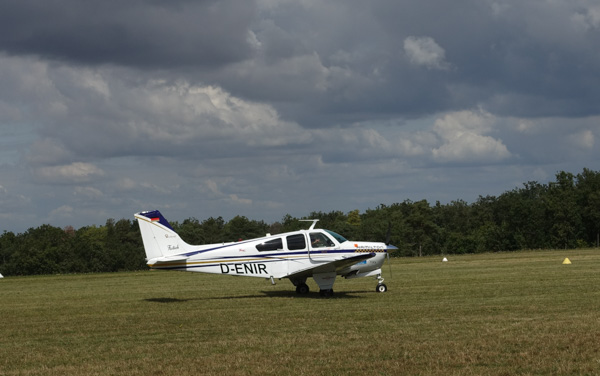
Thanks for “coaxing” me into writing this post, Hervé. It reminded me of what a great day that was.